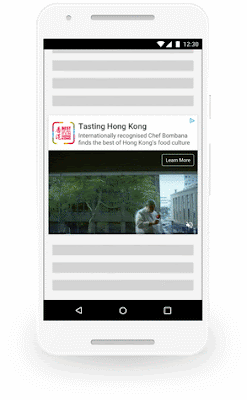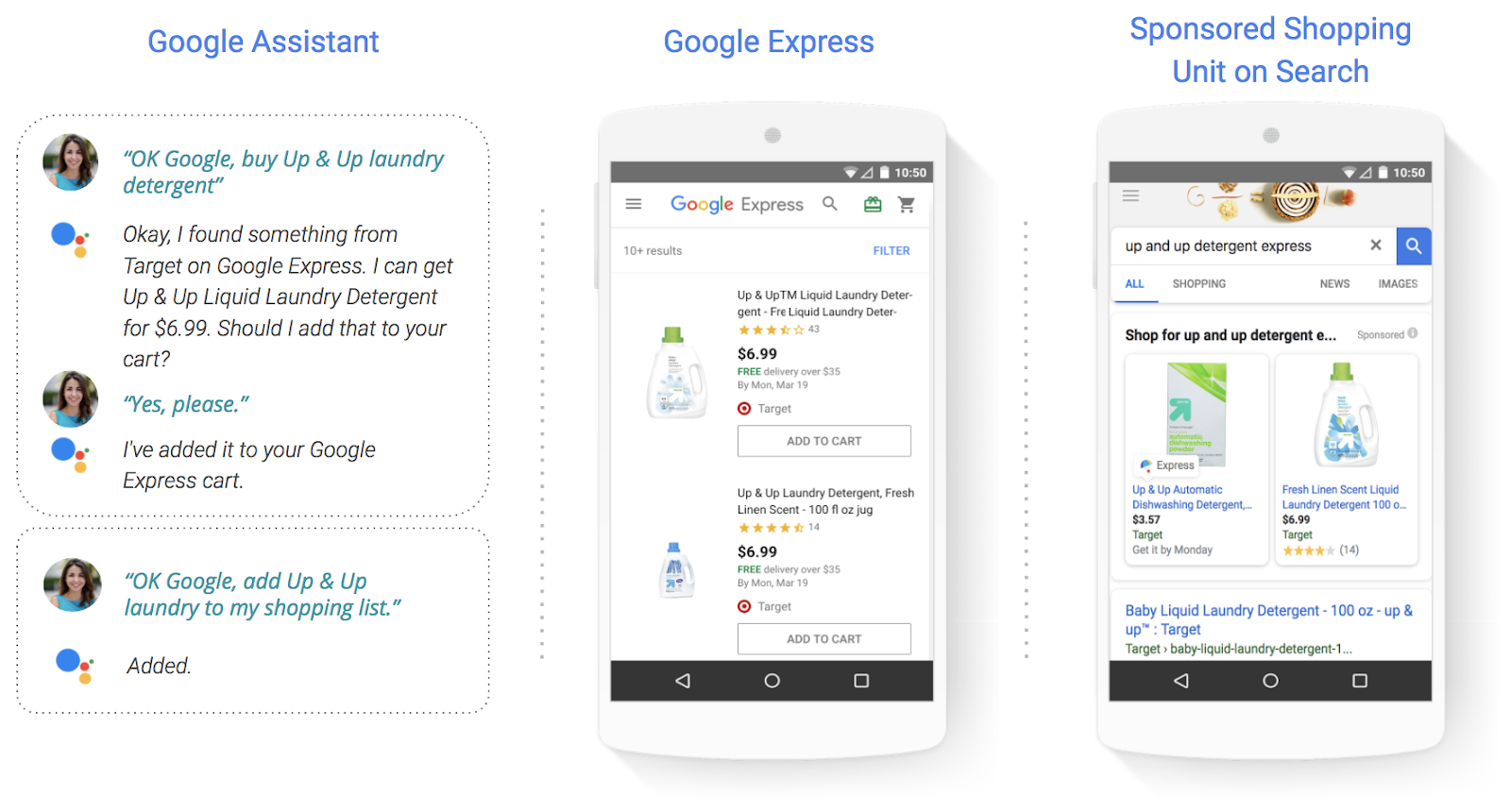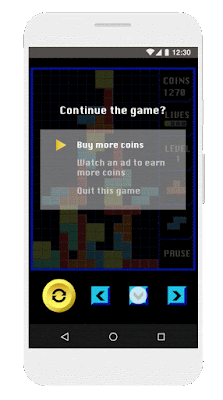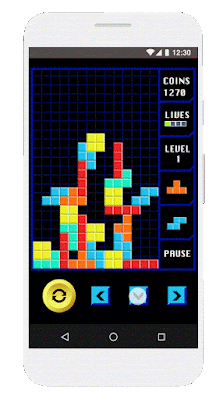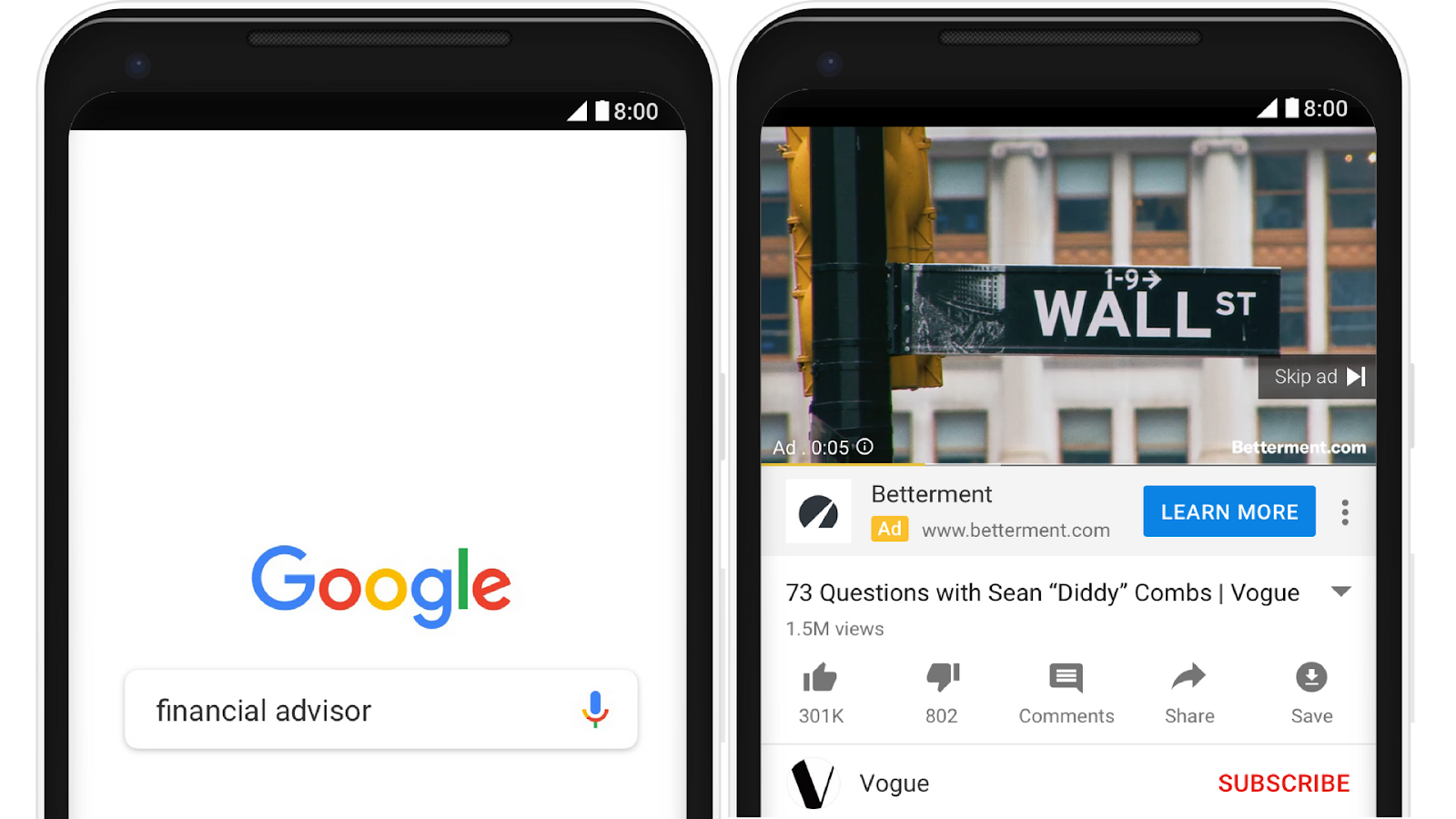Today’s consumers don’t just want answers; more and more, they’re craving relevant, meaningful, and
immediate assistance in completing their day-to-day shopping tasks. We see this in our data: mobile searches for “where to buy” grew over 85% over the past 2 years.
1 Moreover, 44% of those who use their voice-activated speaker at least weekly say they use the device to order products they need like groceries and household items at least once a week.
2It’s clear that people want helpful, personal, and frictionless interactions that allow them to shop wherever and however they want -- from making decisions on what to buy, to building baskets, to checking out more quickly than ever before. Put simply, they want
an easier way to get their shopping tasks done.
Introducing Shopping ActionsThat’s why we’re introducing our Shopping Actions program. It gives customers an easy way to shop your products on the Google Assistant and Search with a universal cart, whether they’re on mobile, desktop or even a Google Home device.
By participating in the Shopping Actions program, you’ll be able to:
- Surface your products on new platforms like the Google Assistant with voice shopping. Leverage our deep investments in machine learning, AI and natural language processing to offer your customers a hands-free, voice-driven shopping experience.
- Help your customers shop effortlessly with you, across Google. A shareable list, universal shopping cart and instant checkout with saved payment credentials work across Google.com and the Google Assistant -- allowing your customers to seamlessly turn browsing into buying. For example, shopper Kai can do a search on Google for moisturizing hand soap, see a listing for up & up brand soap from Target, and add it to a Google Express cart. Later, in the kitchen, Kai can reorder foil through voice, add it to the same cart using Google Home, and purchase all items at once through a Google-hosted checkout flow.
- Increase loyalty and engagement with your highest value customers. 1-click re-ordering, personalized recommendations, and basket-building turn one-time shoppers into repeat customers. If Kelly does a search for “peach blush,” for example, and she has opted to link her Google account with her Ultamate Rewards status, we’ll recognize this and surface relevant blush results as well as related items -- like makeup brushes -- from Ulta Beauty to help her build a basket with her preferred retailer. If we know she regularly purchases makeup remover on a monthly basis, we’ll surface the same brand of makeup remover to her, right when she has the highest intent to re-order.
In addition, Shopping Actions uses a
pay-per-sale model, meaning you only pay when a sale actually takes place.
 |
| Three properties where transactable inventory will surface |
Early retail partners are realizing results Across the board, our focus on surfacing highly relevant offers has not only delivered a positive experience to consumers, but has helped our retail partners as well. Early testing indicates that participating
retailers on average see an increase in total conversions at a lower cost, compared to running Shopping ads alone.3 We have also seen an approximately
30% average increase in basket size for merchants participating in Shopping Actions.
4 Furthermore, we partnered with MasterCard to do a pre/post study among a representative subset of five Shopping Actions merchants. We learned that after using Shopping Actions, a customer spent more with that group of merchants in the 4 month post period.
5Target and Google have a long-standing partnership, and a history of innovating together to make shopping easier and more inspiring. Target was one of the first retailers to test Google Express (now Shopping Actions), and last year expanded the offering nationwide. Over the last six months, Target has seen the size of guests’ Express baskets increase by nearly 20%, with strong adoption in new markets.
“Our guests love the ease and convenience of making their Target Run without lifting a finger by using voice interface. And since the orders are shipped from a nearby Target store, they’ll have their items delivered to their home in just two days,” said Mike McNamara, Target’s Chief Information and Digital Officer. “This is just the beginning for Target and Google. Through our partnership, we’ll continue to add new benefits to help guests save time and money. Shoppers will soon be able to link their
Target.com and Google accounts, creating a more personalized and intuitive shopping experience. And later this year, Target guests will be able to use Target’s REDcard when shopping through Google, providing 5 percent off purchases and free shipping.”
Ulta Beauty has seen improvements in loyalty and customer engagement on Google Express, with average order value (AOV) increasing 35% since 2016. “Ulta Beauty looks to offer a seamless shopping experience to our guests wherever they are – instore or online at ulta.com. As a long term strategic partner, Google helps us build bridges between the digital and physical experiences we offer with last mile fulfillment that leverages our stores and expands our inventory across the Google Assistant and Search,” said Mary Dillon, CEO of Ulta Beauty. “When our guests buy through Shopping Actions, they can enjoy the immediate gratification they experience in-store and are coming to expect online. They also spend more with us and enjoy other benefits of being an Ulta Beauty shopper, like earning loyalty points through our award-winning Ultamate Rewards program.”
Floral and gift retailer
1-800-Flowers.com sees Shopping Actions as a way to get back to its roots of delivering immediate, personalized customer service. “Our job is not to tell customers they have to call us or visit us in a certain way, but to actually be where the customers have chosen to be. If we can make it a one-stop shopping experience, we must,” said Amit Shah, CMO of 1-800-Flowers.com. “On Shopping Actions, you can buy something from Costco for yourself but at the same time deliver a gift from 1-800-Flowers.com to your niece who is graduating high school. From the customer's point of view, it provides a very seamless multi-channel and multi-mindset experience.”
Ready to get started? To learn more about Shopping Actions, sign up through our
interest form to be contacted with more information, or check out our
Help Center.
We look forward to making the shopping journey more helpful, personal, and frictionless with you!
Posted by Surojit Chatterjee, Director of Product Management, Google Shopping
1. Google Data, US, Jan- Jun 2015 vs. Jan-Jun 2017.
2. Google/Peerless Insights, ‘Voice-Activated Speakers: People’s Lives Are Changing’, Aug. 2017, n=1,642, U.S. monthly active voice-activated speaker owners (Amazon Echo/Dot and Google Home), A18+.
3. Google internal data, Feb - March 2018.
4. Google internal data, Q1 2017 vs 2018 YTD.
5. Mastercard Pre / Post Analysis of Shopping Actions Performance, March 2018. Analysis conducted among MasterCard users of 5 high frequency Shopping Actions Merchants From 4/26/17 – 8/24/17 (Pre) compared to 9/30/17 – 1/28/18 (Post) among 660,171 Existing merchant customers (shopped in last 6 months) , 703,848 New merchant customers (did not shop in last 6 months) and the subset of Shopping Actions customers 10,963 (pre) 11,385 (post). Additional $38 spent at merchants among Google Express Users in 4 month post period.

